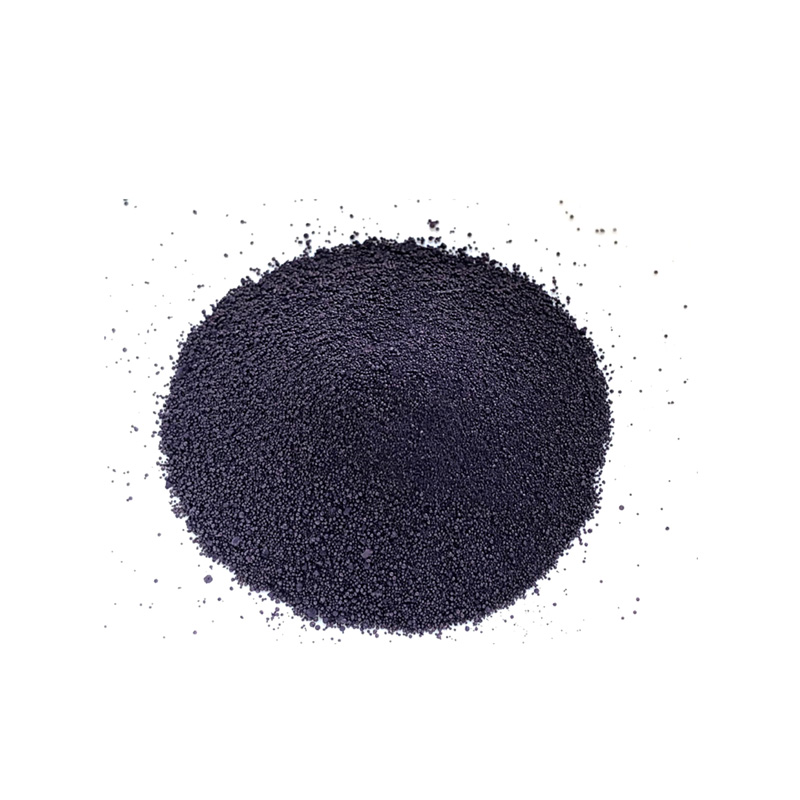dye production products
The Evolution of Dye Production and Its Products
The Evolution of Dye Production and Its Products
As industrialization progressed in the 19th century, the demand for dyes soared, prompting the development of synthetic dyes. This transformation was marked by the invention of aniline dyes, derived from coal tar, which revolutionized the dyeing process. Synthetic dyes offered a wider range of colors, greater consistency, and improved durability compared to their natural counterparts. One of the most notable breakthroughs came in 1856 when Sir William Henry Perkin accidentally discovered mauveine while attempting to synthesize quinine. This accidental discovery led to the birth of the synthetic dye industry.
dye production products

The benefits of synthetic dyes extended beyond aesthetics; they also allowed for mass production and lower costs, making dyed products more accessible to the general public. From textiles to food, cosmetics, and even pharmaceuticals, dyes play a versatile role in various applications. The textile industry alone has seen incredible advancements in dyeing techniques, such as reactive and disperse dyes that bind more effectively to fabrics, enhancing colorfastness and vibrancy.
However, the emergence of synthetic dyes has not come without challenges. Environmental concerns surrounding chemical waste and the effects of certain dyes on health have led to increased scrutiny and regulation. In response, the industry has been developing eco-friendly dyeing processes and exploring alternatives derived from renewable resources. Natural dyes are making a comeback as consumers seek sustainable and non-toxic options for textiles and personal care products.
Today, dye production continues to evolve with advances in technology and a growing awareness of environmental sustainability. Innovations such as digital printing and bio-based dyes are paving the way for a more eco-conscious approach to color. As we look to the future, the balance between vibrant aesthetics, functionality, and environmental stewardship will remain at the forefront of dye production.
-
The Timeless Art of Denim Indigo Dye
NewsJul.01,2025
-
The Rise of Sulfur Dyed Denim
NewsJul.01,2025
-
The Rich Revival of the Best Indigo Dye
NewsJul.01,2025
-
The Enduring Strength of Sulphur Black
NewsJul.01,2025
-
The Ancient Art of Chinese Indigo Dye
NewsJul.01,2025
-
Industry Power of Indigo
NewsJul.01,2025
-
Black Sulfur is Leading the Next Wave
NewsJul.01,2025

Sulphur Black
1.Name: sulphur black; Sulfur Black; Sulphur Black 1;
2.Structure formula:
3.Molecule formula: C6H4N2O5
4.CAS No.: 1326-82-5
5.HS code: 32041911
6.Product specification:Appearance:black phosphorus flakes; black liquid

Bromo Indigo; Vat Bromo-Indigo; C.I.Vat Blue 5
1.Name: Bromo indigo; Vat bromo-indigo; C.I.Vat blue 5;
2.Structure formula:
3.Molecule formula: C16H6Br4N2O2
4.CAS No.: 2475-31-2
5.HS code: 3204151000 6.Major usage and instruction: Be mainly used to dye cotton fabrics.

Indigo Blue Vat Blue
1.Name: indigo blue,vat blue 1,
2.Structure formula:
3.Molecule formula: C16H10N2O2
4.. CAS No.: 482-89-3
5.Molecule weight: 262.62
6.HS code: 3204151000
7.Major usage and instruction: Be mainly used to dye cotton fabrics.

